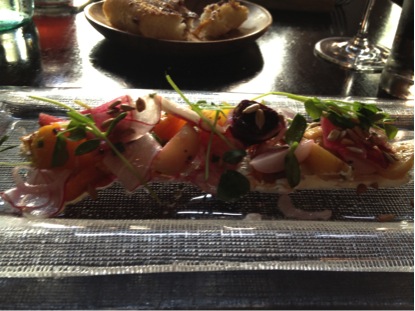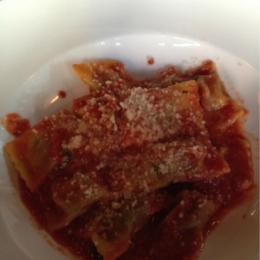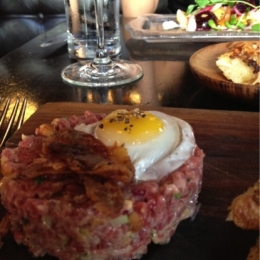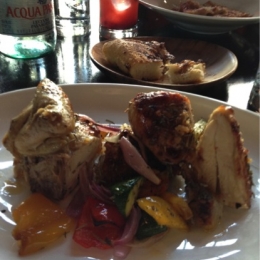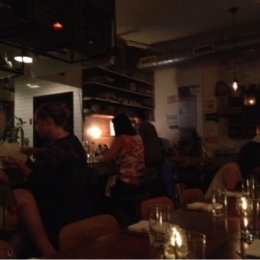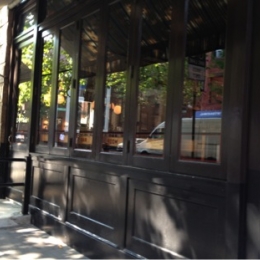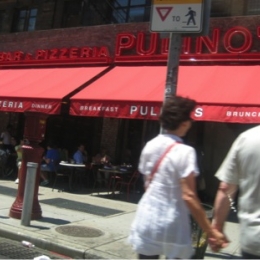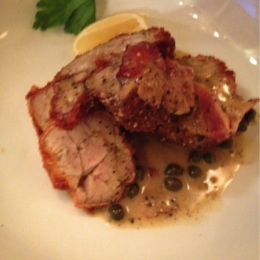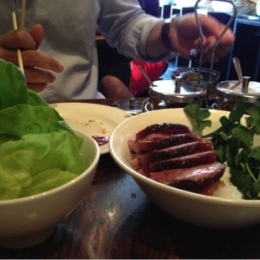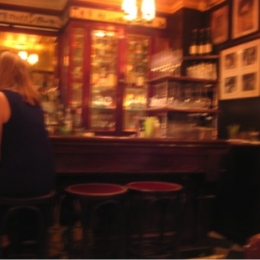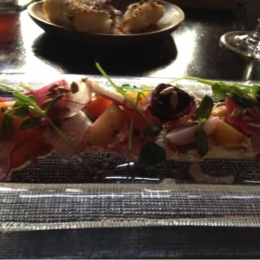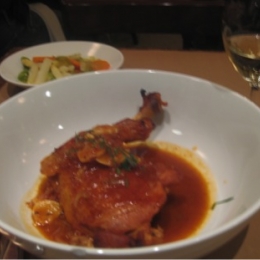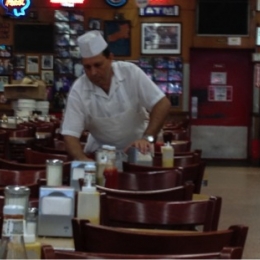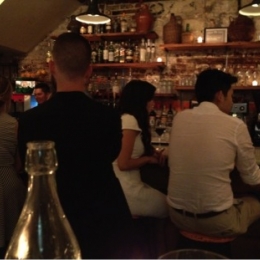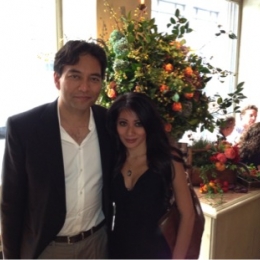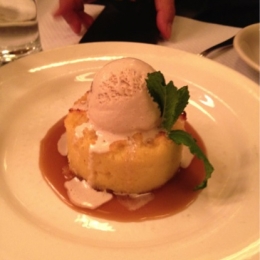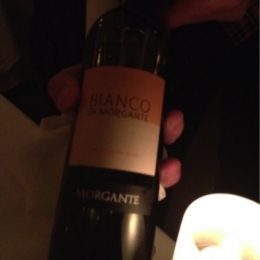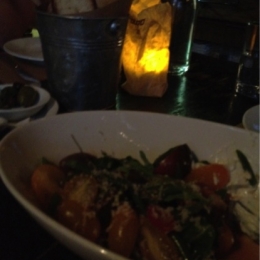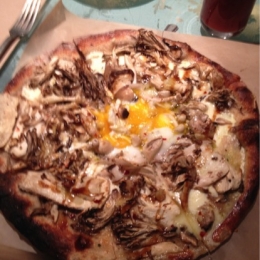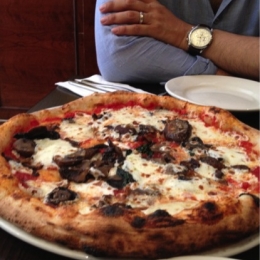THE MAINSTAYS
There is a certain clubbish gravity about this solid Tribeca favorite that makes it feel like a serious restaurant, yet you’ll blend in beautifully as soon as you’re seated, often on curvy, wood-brimmed banquettes with tall leather panels with their backs against the sultrily-lit brasserie-style bar. Seeing but not quite seen so to speak.
You’ll feel like you’re dining at a rather handsome tavern, often elbow to elbow, sans white tablecloths, and every so often the restaurant would whisk, purely for your viewing pleasure, a celebrity or two into its backroom after successfully dodging the paparazzi along Greenwich Street. (On the day of our visit, it happened to be someone who might or might not have been Kevin Federline—um, yes, they do get random—accompanied by someone who might or might not have been his girlfriend, but it was later whispered to me that the real celeb was the woman, and the man was NOT Kevin Federline. I let it go.
I mainly go to Locanda Verde for four things: 1) the fire-roasted garlic chicken, impossible to resist, even at a rather steep $27; 2) the bucatini all’ amatriciana; 3) the lamb sandwich, slow-cooked to perfection and further fine-tuned with softly cooked peppers and mint and cumin-scented yoghurt; 4) the wonderful brunch spread, still one of the city’s best (go for the sumptuous lemon ricotta hotcakes with blueberries and lemon meyer curd or the Uovo Modenese, which comes with a generous serving of cotechino hash, spinach and tomato hollandaise.)
And then there are the hundred small things that aid in that magical slide from like to love: the fact that the vegetable sides are always so quietly satisfying (broccoli rabe with toasted garlic and lemon, roasted Brussels sprouts with pancetta and Pecorino), the wines by the glass somewhat pleasing no matter how cavalierly you order, the bread plump and sweet, the service never short of competent. That’s it, the word I’m looking for—competent: you come here not to keep score, or to nitpick. You come here to feel safe, to feel looked after.
On this visit, my dream bowl of bucatini all’amatriciana wasn’t on the menu, which was a shame, because I really wanted my daughter to try it. At that point she had been sufficiently impressed with her starter of steak tartare Piedmontese, a fine and civilized mound of raw beef prettified by a fried egg and crispy giuncale and subtly spiced with hazelnut oil and truffles.
So I had her order the next best thing, just as iconic, from the no-frills pasta menu: My Grandmother’s ravioli. (By this, of course, the restaurant means not your or my grandmother, but the chef and owner’s, Andrew Carminelli, and rightly so.) ‘What do you think?’ I asked her. She took some time in answering. ‘Nice,’ she finally said. ‘Not special, but nice.’ ‘Well,’ I said, a little too quickly, in defense of poor Grandma Carminelli, who I am sure is—or was—a wonderful cook. ‘It’s meant to be that way. Not special, just nice.’
I asked to have a bite. My daughter was right. It might have scored highly on downhome charm, but something about it was curiously underwhelming. And this from a kitchen so steeped in the casual urban Italian culture that one of its chief virtues is knowing when not to tinker, when too much is too much. But I would not have thought they would fall victim to not knowing when too little is too little.
That said, while the brightness and flair I experienced in past visits might have faded a little, I still ended up enjoying my fire-roasted chicken.
I also enjoyed the starter before it—a curiously precious-looking dish that went by the name Insalata d’Andrea, less a salad than a daintily plated molecular artwork comprising bits of apple, fennel, marcona almonds and asiago cheese, which looked like it would be more at home at a joint like Gramercy Tavern or Jean Georges. Hell, I still found myself yakking about the ethereal qualities of Pastry chef Karen Masco’s famed lemon tart—or, rather, the memory of it—even when ours clearly came out way too sweet, too intense, too old-fashioned somehow, that we simply couldn’t finish it.
When my daughter casually passed her verdict as I was paying the bill, ‘Not everything was as amazing as you described it, but it’s a good place, Mum.’, I knew she saw—or, rather, sensed—it: that opaque and curiously forgiving line only lovers draw between the merely good and the truly great, the one that comes also from loving the memory of a place as from loving the place itself.
